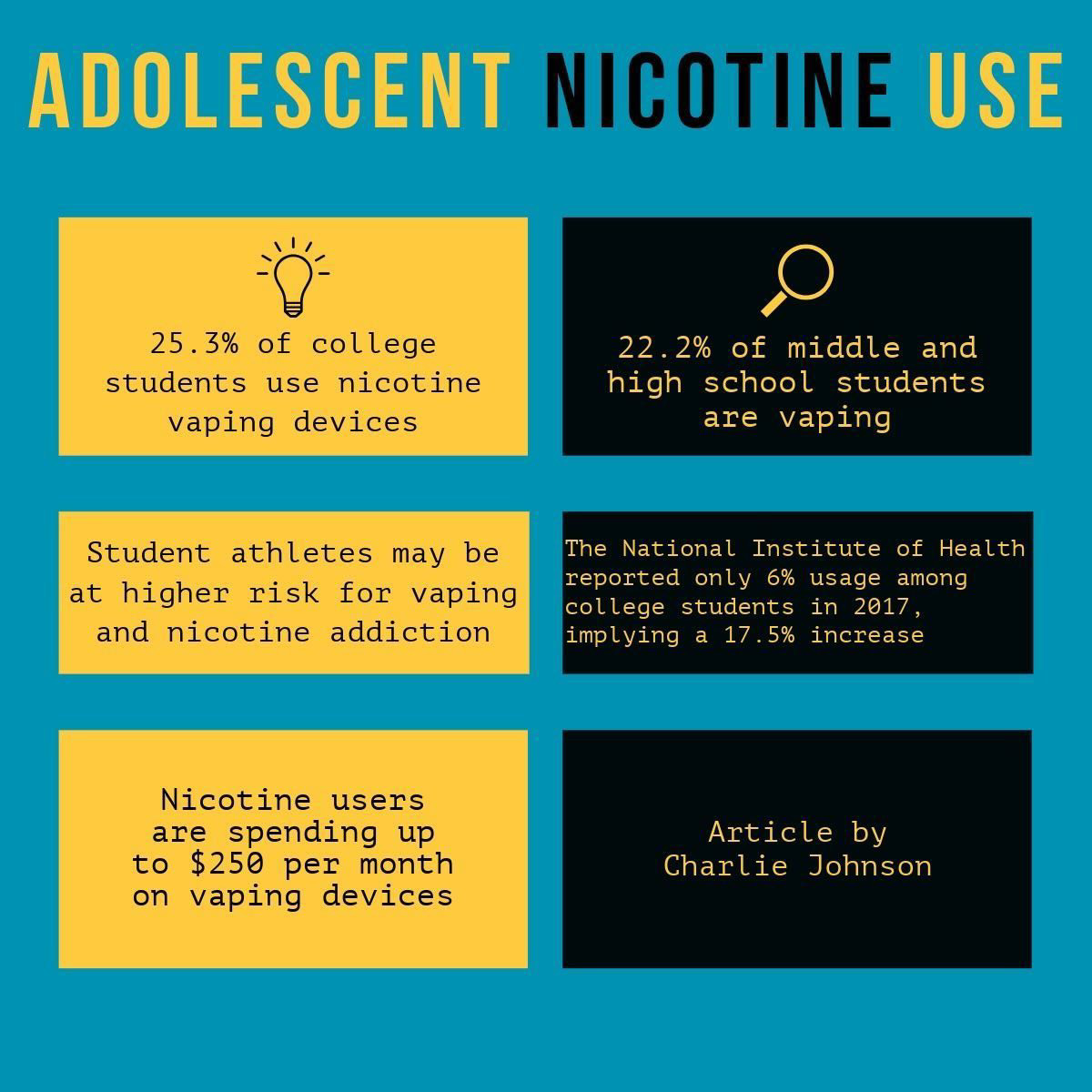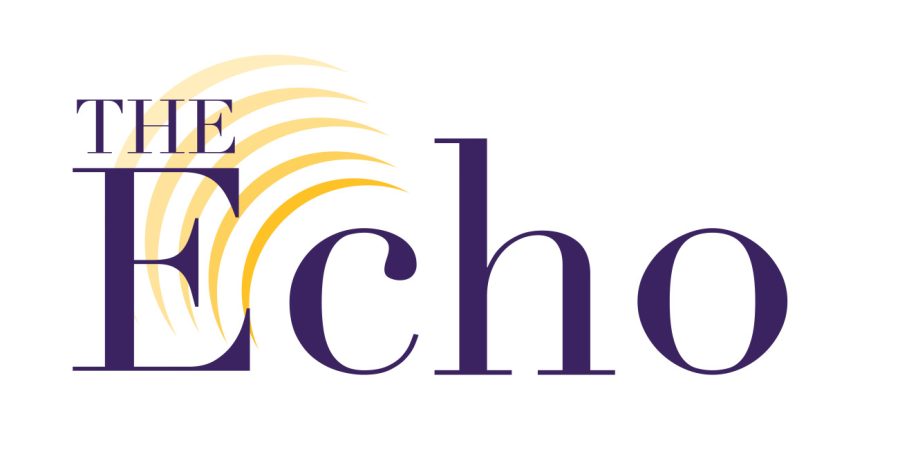The Free Application for Federal Student Aid applications for the 2024-2025 academic year were not open on Oct. 1 as in previous years, as there are changes and updates currently being made to provide a more efficient service nationally.
“The changes are actually pretty positive for the students,” Dean of Undergraduate Admission and Outreach Falone Serna said. “The form is becoming simplified. So, previously the form had over 150 questions for families and parents to answer. Now, it’s going down to 38 questions.”
All forms will now be submitted electronically, which according to Serna, will be easier.
Associate Director of Financial Aid Beatriz Mendoza said there will be new vocabulary used in the FAFSA form, such as the term “contributors”, who will be required to provide information and a signature.
“For dependent students, it would be a parent or two parents, depending on the student’s situation,” Mendoza said. “If the student gets married, the contributor will be a spouse. Depending on the student’s situation, biological or adoptive parent, and sometimes the step-parent.”
All contributors will need to create a Federal Student Aid ID, which requires a Social Security number to create.
Mendoza said all contributors who do not have a Social Security number will be allowed the option to check a box that indicates that they do not have one.Director of Financial Aid Teresa Potts said students have to obtain their FSA ID for their electronic signature, and by providing the signature, they are giving consent to retrieve the information directly from the Internal Revenue Service.
In past years, Potts said, parents who did not have a Social Security number would have to print a signature page, sign it and send it in. This process, she said, would take up to six to eight weeks.
“The changes should benefit most families,” Mendoza said. “But it’s possible some households’ eligibility decreased significantly because of the changes in the way they estimate their financial needs. The financial needs calculation has completely changed.”
For example, Mendoza said that families who have more than one student in college for the same academic year are not going to receive the same amount of aid as in previous years. In previous years, according to Mendoza, these families would receive more financial assistance.
“Part of what is changing is when students and families would complete the FAFSA, the Department of Education would generate an expected family contribution, or an EFC, which is what eligibility for aid would be based on,” Potts said.
The student aid index, according to Potts, is based on a different formula now, which calculates whether a student is independent or dependent, the earnings of the family, where they live and the poverty level of the federal poverty guidelines.
“What they are saying is that by making this change, they will be expanding the number of Pell Grant eligible recipients. I’ve looked at the early data of our students, and we did see an increase, a potential increase in student aid eligibility,” Potts said.
Potts said she cannot guarantee that there will be an increase for everyone since circumstances can change economically. The information she observed, Potts said, is two-year-old income information and that could have an impact.
“There should be more families who qualify for the Pell Grant. So they’ve updated the formula so more families can qualify for that,” Serna said.
Potts said she encourages all students to begin looking for scholarships by completing the Congregational Partners in Education Awards form and looking at outside scholarship opportunities on Cal Lutheran’s webpage.
The FAFSA form will go live on Dec. 31, 2023 and close on June 30, 2024 for California Lutheran University students. The priority deadline is March 2, 2023.
Due to the delay in the FAFSA form, Serna said the Office of Financial Aid will likely take longer to send out financial aid packages.
More information on the changes in the FAFSA form for 2024-25 can be found on Cal Lutheran’s website.









